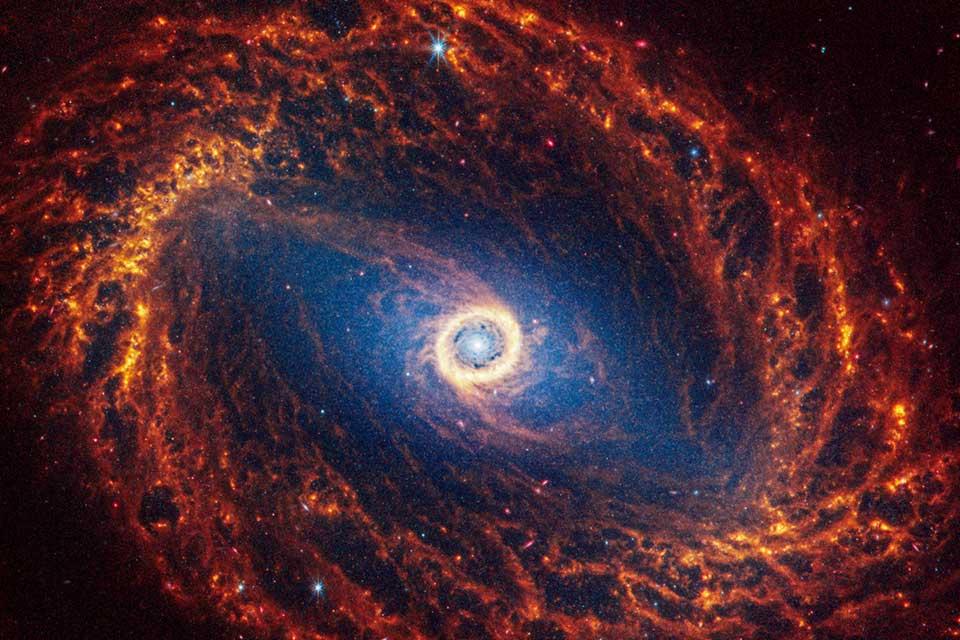8. The Terrestrial Planets and Earth’s Moon#
8.1. Computing the Ages of Rocks#
Some elements are radioactive, which means that a parent element decays into a daughter element plus and a much smaller particle is ejected. Scientists can quantify the decay process by measuring the ratio of the final amount \(P_F\) to the original amount \(P_o\) of the parent elements, or \(P_F/P_o\). This ratio changes over time as more of the parent elements decay into daughter elements. The time it takes for half of the orignal amount to decay is called the half-life.
We can express the ratio in terms of the number of half-lives \(n\) that have elapsed, or
where \(P_F\) and \(P_o\) represent the final and original amounts, respectively.
The most abundant isotope of uranium is U-238, which decays through a series of intermediate daughters to an isotope of lead (Pb-206). The half-life of U-238 is 4.5 billion years. Therefore, after 4.5 billion years, a sample that originally contained only U-238 and no Pb-206 would be found with equal numbers of both U-238 and Pb-206. If we found a mineral with such a composition, we would know that the mineral crystallized (i.e., formed) 4.5 billion years ago.
Another isotope of uranium is U-235, which decays to a different lead isotope Pb-207 with a half-life of 700 million years.
Tera et al. (1974) analyzed lunar rock brought back from the Apollo missions. They found in one of the samples (67455,6) that it contains \(114.6\ {\rm picomoles}\) of Pb-206. The same sample contained \(0.194\ {\rm nanomoles}\) of U-238 per gram of sample. The ratio of lead to uranium is
Pb_moles = 114.6e-12 #number of moles of Pb-206
U_moles = 0.194e-9 #number of moles of U-238
Pb_U_ratio = Pb_moles/U_moles
print("The ratio of Pb-206 to U-238 is: %1.3g." % Pb_U_ratio)
The ratio of Pb-206 to U-238 is: 0.591.
This means that \({\sim}60%\) of the parent isotope U-238 has decayed into Pb-206. As a result, there is \(4/10\) of the parent isotope U-238 remaining in the mineral sample. Approximately 1 half-life has passed since the mineral formed, in which case the lunar sample is approximately 4.5 billion years old.
Notice that this calculation was not a neat power of 2. We can arrive at a more precise value transforming Eqn. 1 through the logarithm by
Written in words, we have
Solving for the age, we have
For the U-238 that decays to Pb-206 with a half-life of \(4.498 \times 10^9\ {\rm yr}\), we can calculate the age as
The mineral is approximately 5.82 billion years old.
import numpy as np
lambda_U238 = 4.498e9 #half-life of U-238
original_amount = 0.3
age = -(lambda_U238/original_amount)*np.log10(1-Pb_U_ratio)
print("The mineral is approximately %1.3g years old." % age)
The mineral is approximately 5.82e+09 years old.
The video below demonstrates a more precise method for determining radiometric ages using the Holmes and Houtermans system:


